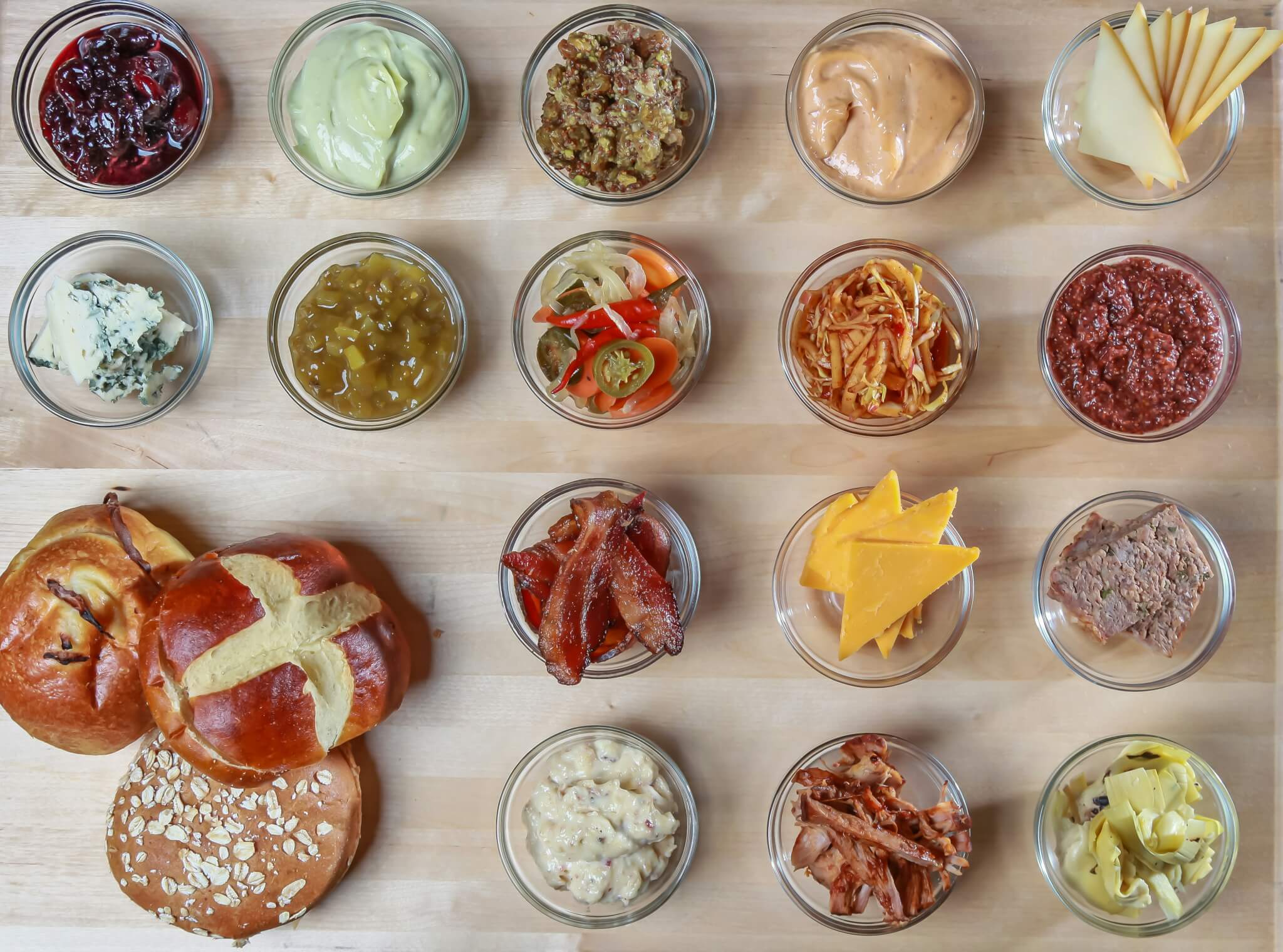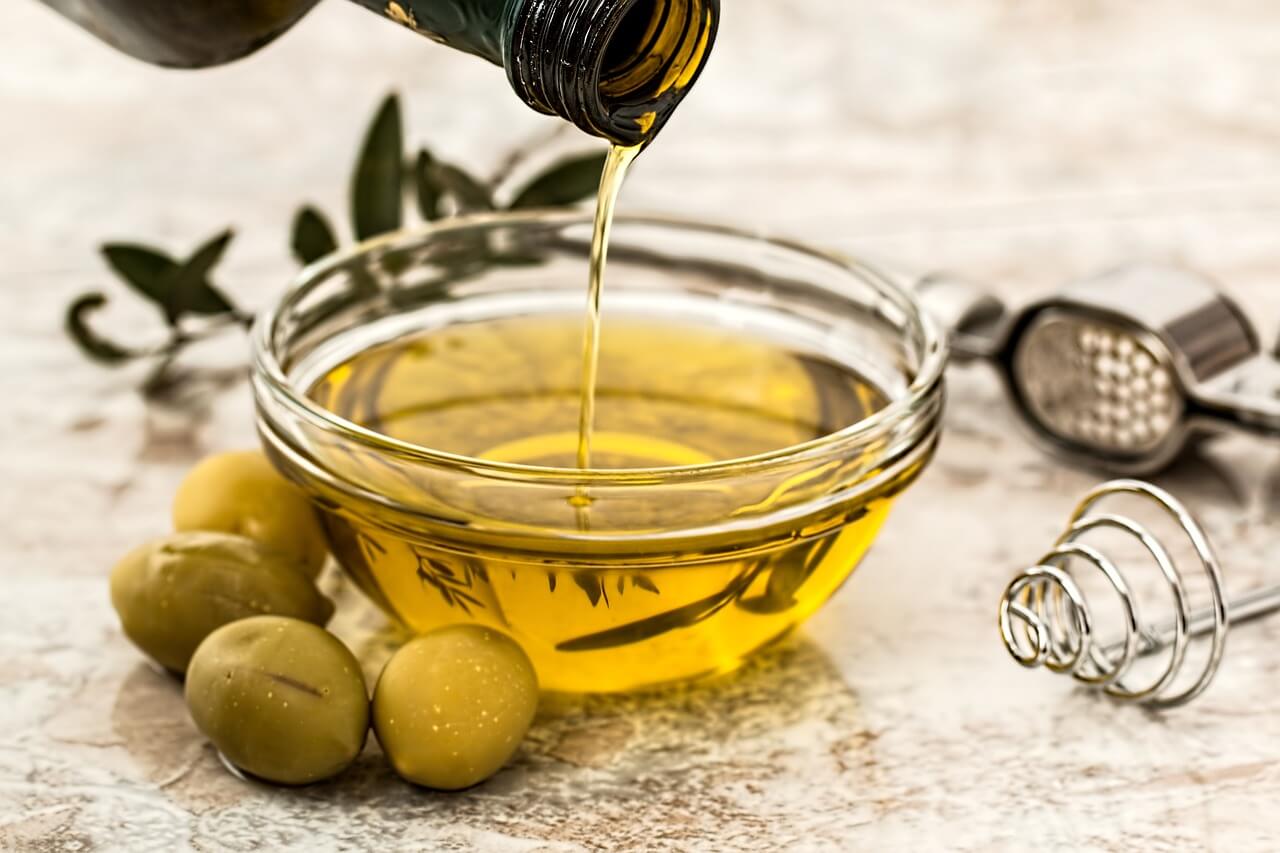The ultimate portion size guide for a healthy nutrition

We’re all familiar with those movies and TV ads where meals are always lavish and plates are filled to the brim. Because of this unhealthy mass media representation, many of us don’t have a clear idea of the ideal size of meal for a healthy nutrition.
Not only that, but everywhere we go we are bombarded with all sorts of different nutrition advice. So, how can we know for sure what a healthy portion size is? Read our portion size guide below to get a better idea on how to estimate the best portion sizes for you and your body.
What is the ideal portion of food?
When it comes to dieting and nutrition, know that there’s no one-size-fits-all answer. Many online recipes will recommend different amounts of food, but the ideal portion sizes actually differ from person to person. For example, a growing child will eat a much smaller portion than an adult.
That’s why Dahna recommends a very simple method of roughly measuring food portions – your own hand. That way, each person’s portion will be matched to their own body and size, and you won’t even have to bother with a scale.
We have prepared a portion size guide for different foods:
Portion size guide for meat
For a portion of meat, we recommend the following measurements:
- Red meat (e.g. beef, pork) and red fish (e.g. salmon, tuna) – palm size without fingers
- White meat (e.g. chicken, turkey) and white fish (e.g. cod, halibut) – palm size with fingers
You can also replace a portion of meat with other sources of protein such as:
- 2 eggs (boiled or poached)
- 4-5 teaspoons of beans, lentils or chickpeas
- A handful of nuts
Portion size guide for fruits and vegetables
Fruits and vegetables are essential for healthy nutrition, but how many should you actually eat in a day?
Generally, doctors and nutrition specialists recommend 5 servings a day, in which the fruits and vegetables you eat are as varied as possible. A portion of fruits and vegetables can be decided as follows:
- fruit – palm size without fingers (e.g. a fist-sized apple, or a handful of berries)
- vegetables – two palms’ worth without fingers, or a small bowl
Portion size guide for other foods
For other foods, the recommendations are as follows:
- Raw pasta: the size of a clenched fist
- Potatoes: the size of a tight fist
- Butter and other fats (e.g. sunflower, olive or avocado oil): tip of a finger
- Chocolate: size of index finger
- Cheese: size of two fingers
- Cake or cakes: size of two fingers
Sometimes, it can be difficult to remember the exact portion sizes for each food. Save the picture below and use it as a rough guide at all times:

4 Tips for easy portioning of food
It’s important not to overeat to avoid damaging your metabolism in the long run. Here are 4 tips to give yourself a greater sense of satiety and not overeat:
- Use a smaller plate – studies have shown that you can feel unsatisfied if you eat a small portion on a large plate, which can lead to overeating. Conversely, a smaller plate tricks the mind and makes you feel full quicker – yes, it’s a Placebo effect, but it can be very useful
- The 20 minute rule – we all feel the need to eat a second helping, especially when we have delicious meals in front of us. This rule says to wait 20 minutes before having a second helping. This gives the food you’ve eaten so far time to settle properly, and you’ll be able to tell if what you’re feeling is hungry or just hungry.
- Replace carbohydrates with something else – carbs tend to fill us up very quickly, without maintaining long-term satiety. This can lead to overeating in order to reach that satiated state. In contrast, protein can help you feel full for a long time with less food and fewer calories.
- Eat spicy – yes, you read that right! A study has shown that adding chilli peppers to your meals makes you feel full faster, and can decrease your appetite and even fat absorption in your body
When you’re looking for healthy diet tips, you’ll find lots of informative guides on the web for what to eat, when and how much. Yet everyone’s body has different needs, which makes it difficult to find a guide online exactly to your needs.
If you want the security of a healthy diet menu built on exactly what your body and heart needs, the Dahna nutrition app is the ideal solution. Download now, create your profile in less than 5 minutes and find out which menus suit you.
Sources
Effects of red pepper on appetite and energy intake











